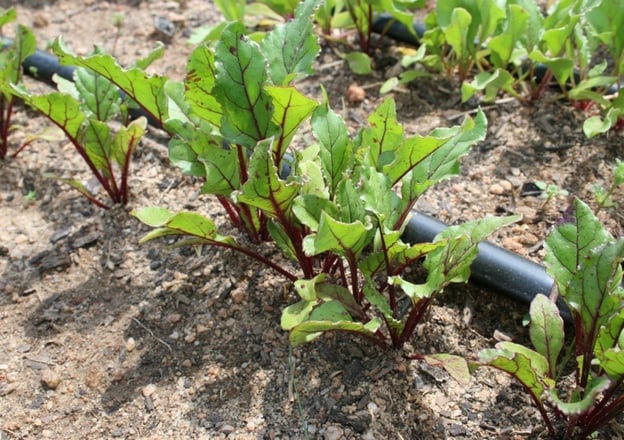
Keeping your plants healthy during a drought can be a challenge when cost is a factor. Drip irrigation is a cheaper alternative to automated sprinkler systems. Here is a way to keep your landscape watered this summer without breaking the bank:
- Take a look at the area you need to irrigate, making a list of what trees, flower beds, and shrubs that you want to keep watered. Note that larger shrubs and trees will require more water than smaller plants, but they can also retain the water for longer periods of time. If possible, group your plants together that take similar amounts of water.
- From your outdoor water source, whether it is an outdoor faucet or a dedicated well, add a timer. For this project, a battery-operated automated water timer is the best option. Costs range from $30 to $75.
- Next, you will need a water filter. This filter will consist of a screen that catches things like sand and silt before it goes into the drip lines. A filter may not be necessary if your water source comes from the city, but you will need one if your source is a well or pond. You will also need a pressure regulator; this is an essential part to your irrigation system. This will reduce your water pressure to a level much slower than your water spigot.
- The supply line, which in this case will be a flexible, half-inch plastic pipe, is another vital component that you will need for your system. You can either install emitters yourself, or you can purchase a pipe already equipped with emitters.
You can either assemble this system yourself, purchasing and installing all of these individual parts, or you can buy complete irrigation kits that contain everything you need based on the amount of square footage that you need irrigated. Either way, your drip irrigation system will use significantly less water than a traditional sprinkler system, and you only need one system. In other words, you can irrigate your shrubs in one part of your yard and your plants in another, all from the same spigot. Everything runs through one timer, filter and pressure regulator.
If you check your system regularly and keep in mind that winter can negatively affect the way your system operates, you should have healthy plants for years to come, and you will save big on irrigation costs.
For more information on do-it-yourself drip irrigation systems, please contact our friends at Georgia Extension at www.caes.uga/extension/bryan.




